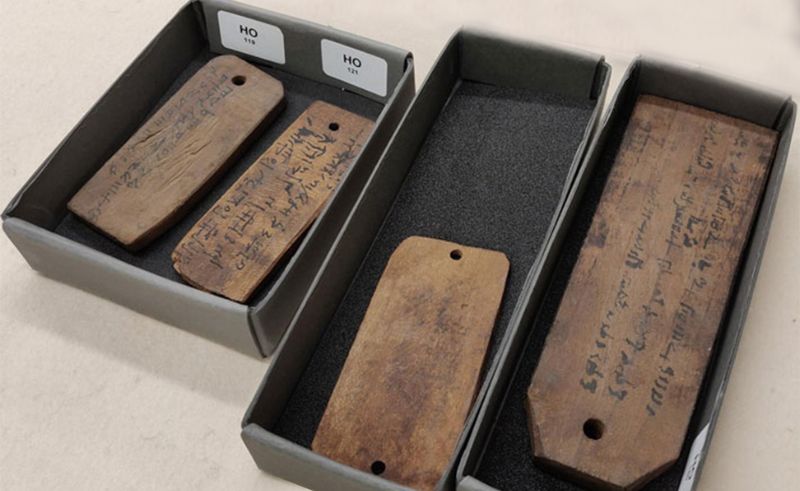Roman-Era Mummy Tags Unveil Climate Patterns in Ancient Egypt
A team of researchers in Switzerland analysed 300 wooden tags in a study of ancient Egypt's climate.

Scientists have found a new way to study the ancient climate in the eastern Mediterranean. A team of researchers, led by François Blondel from the University of Geneva, has analysed over 300 wooden tags that were affixed to Egyptian mummies during the Roman era.
These tags provide a glimpse into the past by revealing the growth rings of trees, which in turn indicate the climate at the time. Since much of the wheat consumed in the Roman Empire was grown in Egypt, understanding the climate fluctuations in the region could help us better comprehend the impact of climate change in ancient times.
The wooden tags were inscribed by family members with the name of the deceased, the names of the person's parents, and sometimes a short religious message, before being sent with the body to the embalmer. The tree's growth rings were later used by scientists to study past climate fluctuations in the region. Broad rings indicate rapid growth in a wet year, while narrow rings can be the result of drought.
By overlapping the patterns of growth rings among different species of trees, such as pine, cypress, cedar, and juniper, researchers can reflect possible fluctuations between years of drought and years of growth.-- Sent from my Linux system.
No comments:
Post a Comment